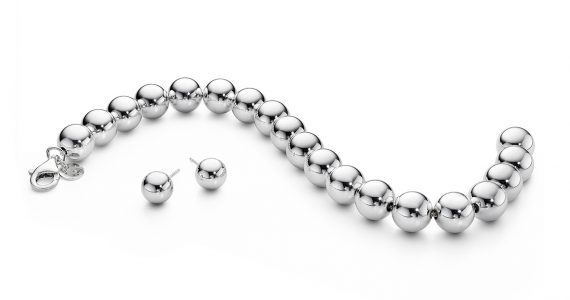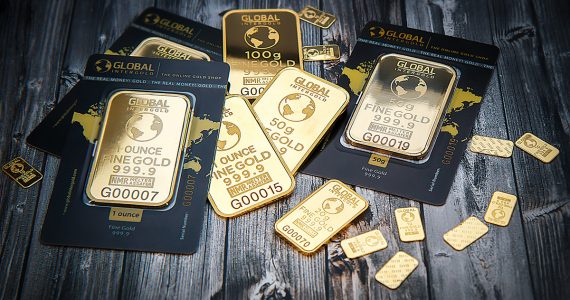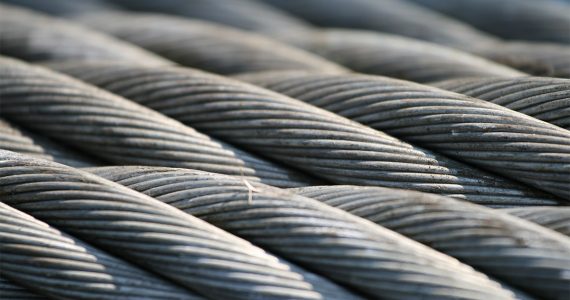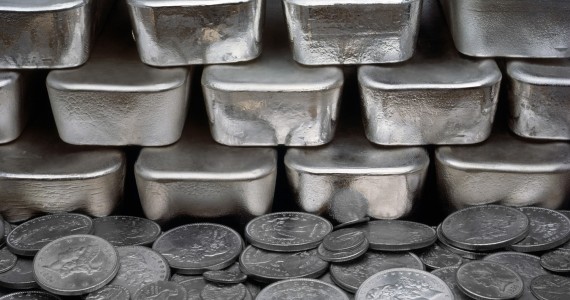Ruthenium may be an unfamiliar name to people outside of the scientific community. This isn’t surprising as it’s a rare transition metal produced in comparatively small quantities – just 20 tons of annual production worldwide with South Africa as the leading supplier. The metal, which belongs to the platinum group metals (PGM), also have limited applications that aren’t as well-known as, say, gold, silver and platinum.
But there are many useful applications for ruthenium that consumers will want to know. In fact, these applications will affect their lives in one way or another due to the fact that these include two of the pressing issues of our day – water and cancer. Let’s take a look at these applications, which are still in their development stages.
As an Efficient Water-splitting Catalyst
In a study conducted by UNIST scientists, which was also described in Nature Nanotechnology journal, a ruthenium-based material can become the new catalyst in splitting water into hydrogen. While platinum is also being used in this capacity, the material is said to be less costly and nearly as efficient as the precious metal often used in jewelry. The ruthenium-based material also displays the highest catalytic performance regardless of the water’s pH level (i.e., without effect).
Professor Jong-Beom Baek, a scientist connected with UNIST’s Energy and Chemical Engineering department, and his team synthesized ruthenium and C2N in order to determine its performance in splitting water. With this new catalyst, known as Ru@C2N (i.e., Ru is the chemical symbol for ruthenium), the efficient production of hydrogen is now possible.
Of course, there are already existing technology in the production of hydrogen from water. But there are issues since a satisfactory water-splitting catalyst should meet these four criteria:
- Display high hydrogen conversion efficiency
- Show excellent durability
- Be cost-efficient (i.e., economical in cost and practical in use)
- Operate satisfactorily under low voltage conditions
The platinum-based catalysts in use today for hydrogen generation reaction present many issues that aren’t in line with the abovementioned criteria. These issues include their expensive costs, no thanks to the fact that these are noble metals, which results in added costs and challenges in mass production. These catalysts are also less stable, especially when the catalysis is performed in an alkaline environment.
But even when water-splitting catalysts are made from less expensive non-noble metals, as many researchers have suggested, these are still riddled with issues. These include rapid corrosion in acidic environments, operations only under very high voltages, and limited productivity – and, thus, non-noble materials were ruled out, for now.
Under intensive tests, fortunately, the ruthenium-based material (Ru@C2N) satisfied all the four criteria for commercial competitiveness desired by industrial consumers in water-splitting catalysts. This is a high-performance material that shows high turnover frequency, operates under low voltage supply conditions, and runs in any environment as well as isn’t affected by the water’s pH level.
Indeed, Professor Baek was confident in stating that the ruthenium-based material presents a wide range of possible applications from basic science to applied science. The scientific potential of Ru@C2N will likely attract attention from many industries, such as the car industry for its eco-friendly automobiles.
Who knows when we can live in a world where cars, airplanes and ships are run on hydrogen-fueled engines? Studies such as this one will pave the way for more uses for ruthenium and its associated compounds.
Leader Researcher Support Project, an agency connected with the Ministry of Science, as well as National Research Foundation of Korea, ICT and Future Planning, and the Ministry of Education under its BK 21 Plus Project supported the research.
As an Effective Anti-cancer Drug
Emphasis must be made that there are currently no commercialized ruthenium-based anti-cancer drugs available. The use of ruthenium anti-cancer drugs have its possibilities, especially as alternatives to the existing platinum-based anti-cancer drugs. The momentum started in 1979 when Cisplatin entered the clinical trials phase and it has since then gained strength with more studies conducted into the safety, effectiveness and efficiency of ruthenium-based drugs for cancer therapy.
The current ruthenium-based drugs are listed below.
- NAMI and NAMI-A are considered as the most stable of the ruthenium-based anti-cancer drugs. Basically, when these drugs enter the body, these initiate the formation of an active anti-cancer agent.
- KP1019 is also being studied for its efficacy in fighting cancer.
- RAPTA apparently decreases the severity of the side effects associated with the use of chemotherapy against cancer.
While these anti-cancer drugs are still under study, the progress made by researchers in maximizing their potentials is always good news. With cancer being among the top killers worldwide, the introduction of newer and, hopefully, better anti-cancer drugs may well put an end to the scourge of humanity – or at the very least, alleviate the suffering experienced by patients and their families.
Conclusion
Watch out for more developments in the applications of ruthenium in the modern world! These developments will eventually have an impact on your ruthenium investments, thanks to the law of supply and demand.








